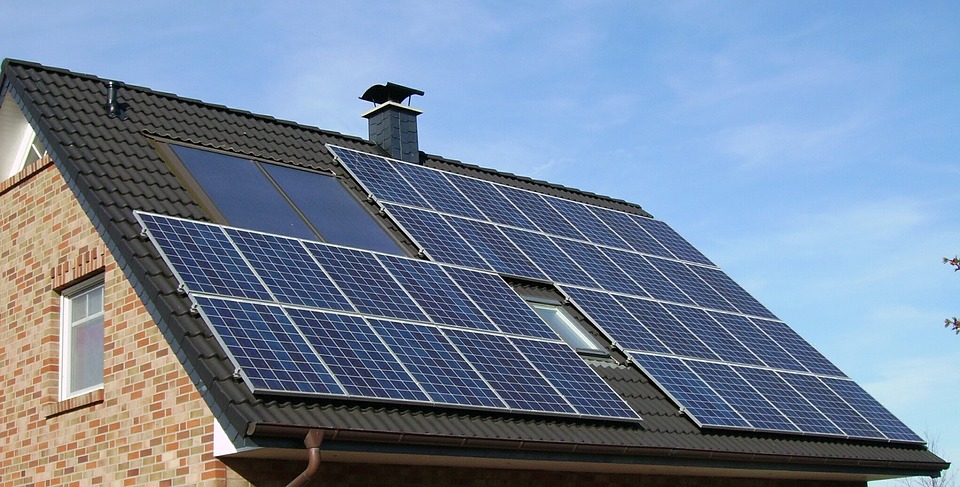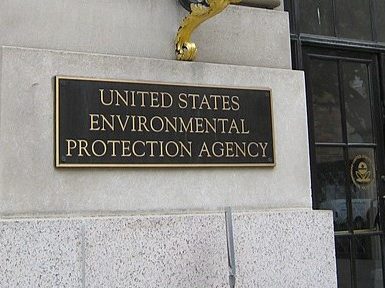Tucson Electric Power (TEP) announced this month that it will expand its solar energy storage infrastructure, following the Arizona Corporation Commission’s approval of the project. This will increase the availability of renewable resources for citizens and businesses across the city.
The demand for more renewable resources is rapidly growing. According to the Solar Energy Industries Association (SEIA), the US added more solar power than any other type of electricity in the first quarter of 2018. In fact, a Yale study found this is a global trend, as the world solar market grew 29.3 percent last year.
TEP’s solar storage expansion will bring enough power to support 91,000 homes annually. Moreover, by 2030, this number is expected to increase dramatically, reaching roughly 350,000 homes. By adding a 100-megawatt storage array and a 30-megawatt battery storage system, TEP will be able to collect and store more solar energy that will be used to power its customers’ homes and buildings.
TEP representative Joseph Barrios explains that although coal and gas have been reliable sources of energy for its customers, the company wants to diversify its portfolio and provide more renewable resources for its customers.
“As the demand for power goes up and down, coal provides a source of energy you can control depending on those needs,” he explains. “When you go home and flip a switch, the power producers have to respond to that. With renewable resources, you can’t necessarily rely on certain things like sunlight or wind – solar energy storage helps with this.”
Barrios notes that the price of renewable resource technologies has been decreasing over the years, which has made solar energy a more attractive investment. Moreover, a SEIA study found that the cost to install solar has plummeted by more than 70 percent since 2010. Barrios considers this a win-win for the company and its customers.
Because the new infrastructure will not be fully functional until the end of 2020, Barrios notes that TEP is pursuing other renewable resources in the meantime. Further, he highlights wind as a project about which the company is elated. “Wind is a good option because it complements solar,” he asserts. “At night, wind can produce power for our customers when solar isn’t doing anything.”
In addition to contributing to the economy – last year, solar energy generated $17 billion for the American economy – renewable energy also helps reduce citizens’ carbon footprint. According to Sun Valley Solar, a single home’s solar energy system can eliminate the equivalent CO2 emissions of 150,000 pounds of coal.
TEP’s investment in solar power storage aims to benefit customers, businesses, and the environment.
















Add comment